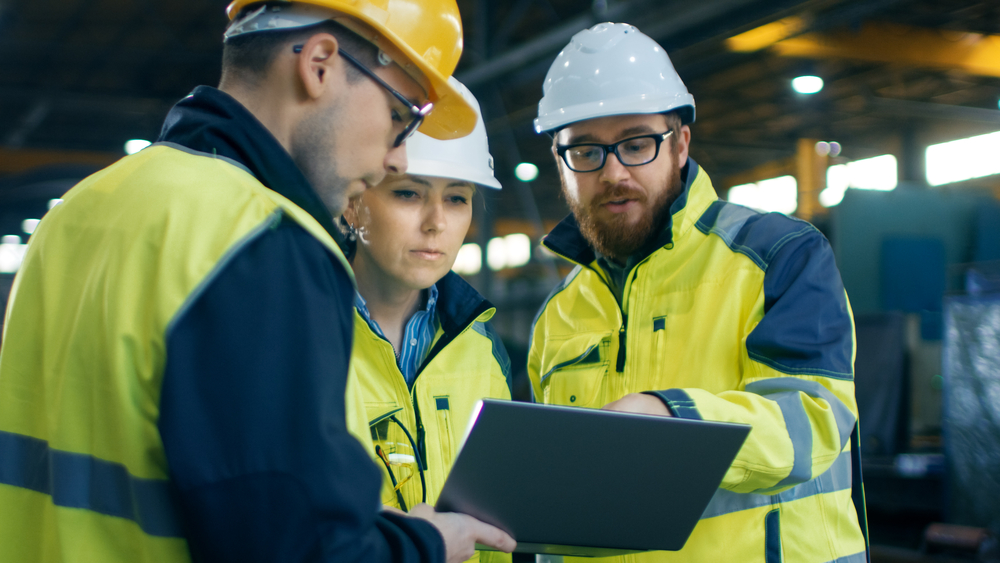How is Construction Technology Reshaping the Industry?
Technology is evolving by the day and with it, so are our lives. The construction industry is no exception. Many aspects of the industry are...
The construction industry has far more workplace accidents than many other industries. However, the recent increase in safety innovations and technology for workers is helping companies throughout the industry to mitigate risks, reduce injuries and prevent the vast number of accidents within the field. Although protective gear and safety compliance regulations have been in place, constantly evolving technology and procedures need to be explored and implemented to further address workplace safety at the job site.
In 2019, the Bureau of Labor Statistics reported that there were nearly 80,000 nonfatal injuries in the construction industry. Recognizing these potential hazards and protecting workers increasingly becomes a paramount priority for companies moving into the future. The two main areas that are transforming safety in the industry are innovative solutions that are restructuring and changing fundamental tasks as well as the introduction of new technology to increase worker safety.
Wearable tech is becoming more popular and offers a set of "digital eyes" that monitors and tracks everything, from dangerous obstacles to risky actions taken by the worker. It can also provide reports to project managers noting all the questionable actions the worker performed so they can change their behaviors to mitigate these risks in the future. Additionally, these wearables are also equipped to warn employers when they are approaching hazards or if they become too close to certain equipment in order to avoid an incident. More recently, these devices assisted workers in maintaining a safe proximity from one another throughout the pandemic to ensure worker safety.
Many companies are introducing drones into their outdoor workplaces. They can shoot video to capture progress at a worksite, take field measurements, and spot potential hazards that may not have been seen otherwise, offering enhanced health and safety benefits. These drones can perform dangerous inspections in high places to eliminate the need for workers to perform riskier tasks, which is a common cause of serious and even fatal accidents. Another new innovation gaining traction in the construction industry is the usage of virtual and augmented reality technologies. A worker wearing a VR headset or using an AR app may interact with the computer-generated environment during a safety and training exercise. They can experience different working conditions and hazards as the workers evaluate various courses of action that may reduce risks before they arise in real time.
The shift toward prefabrication and modular construction is picking up speed and proving to be an innovative approach for change in the industry. This move pulls risky activities previously performed on the job site to a more controlled environment, allowing for enhanced safety, quality, and efficiency. Once parts are fabricated they can be transferred to the installation site to be assembled, reducing risks to workers and the overall project at hand.
Comprehensive safety and health protocols help improve construction worker safety. However, as workers engage in more dangerous projects, offering a safe environment and eliminating hazards before accidents occur is crucial. Many of these new innovations are readily available to companies, but the implementation of this tech in everyday operations relies on the company's full buy-in and the workers' acceptance of the technology. As more innovations enter the scene, cost-effective options should increase, paving the way for further technologies. To be a leader in the construction industry, new safety innovations and protective procedures need to be at the forefront of companies priorities moving forward.

Technology is evolving by the day and with it, so are our lives. The construction industry is no exception. Many aspects of the industry are...